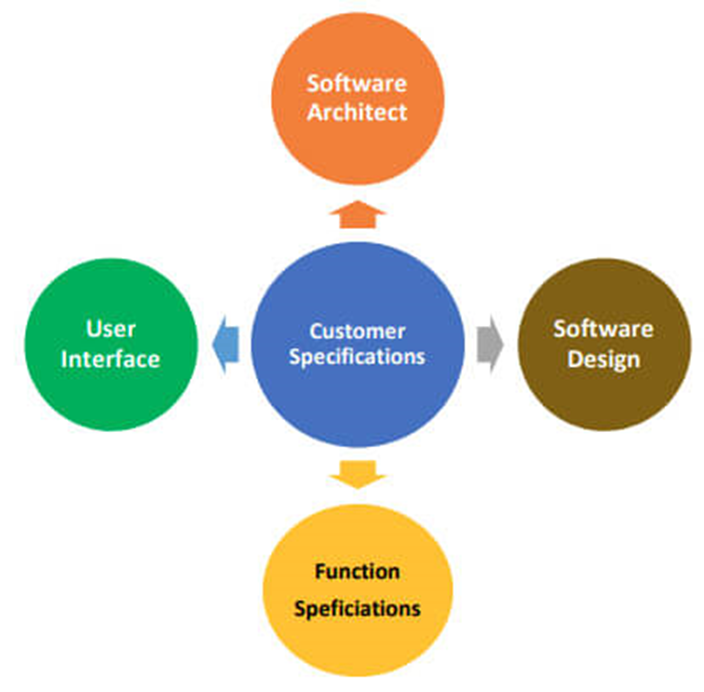Clients or service requesters are pieces of computer hardware or server software that request resources and services made available by a server. Client computing is classified as Thick, Thin, or Hybrid.
- Thick Client: a client that provides rich
functionality, performs the majority of data processing itself, and relies
very lightly upon the server.
- Thin Client: a thin-client server is a
lightweight computer that relies heavily on the resources of the host
computer -- an application server performs the majority of any required
data processing.
- Hybrid Client: possessing a combination of thin client and thick client characteristics, a hybrid client relies on the server to store persistent data, but is capable of local processing.
A server is a device or computer program that provides functionality for other devices or programs. Any computerized process that can be used or called upon by a client to share resources and distribute work is a server. Some common examples of servers include:
- Application Server: hosts web applications that
users in the network can use without needing their own copy.
- Computing Server: shares an enormous amount of
computer resources with networked computers that require more CPU power
and RAM than is typically available for a personal computer.
- Database Server: maintains and shares databases
for any computer program that ingests well-organized data, such as
accounting software and spreadsheets.
- Web Server: hosts web pages and facilitates the
existence of the World Wide Web.


Comments
Post a Comment